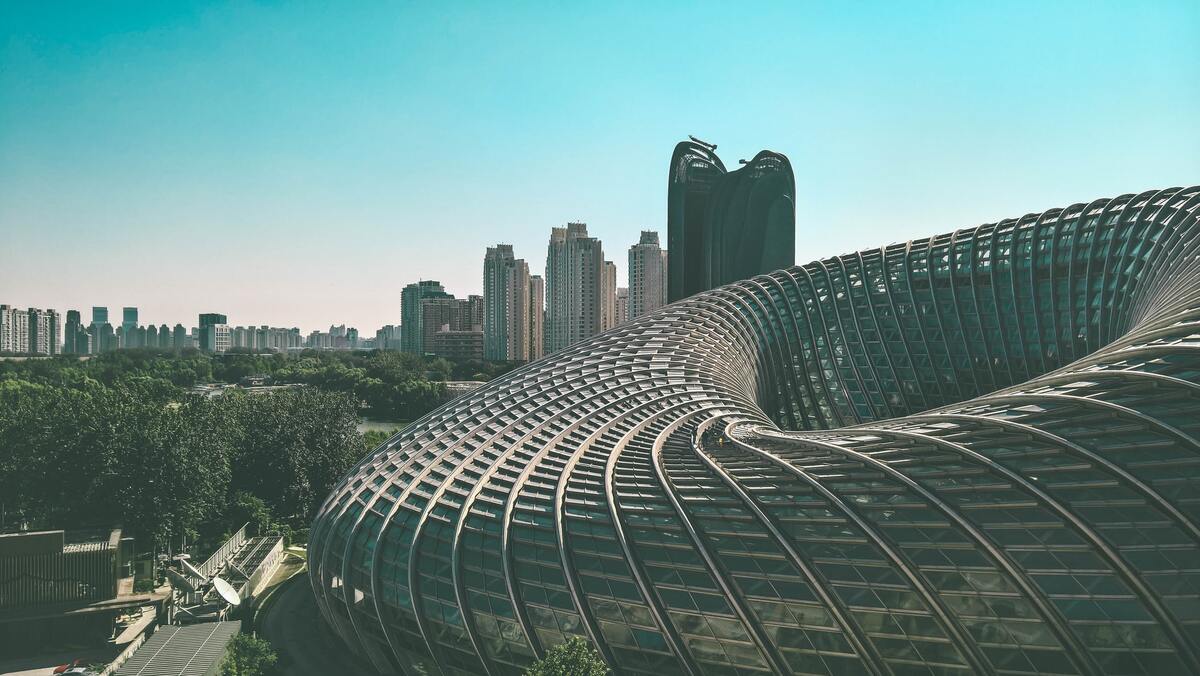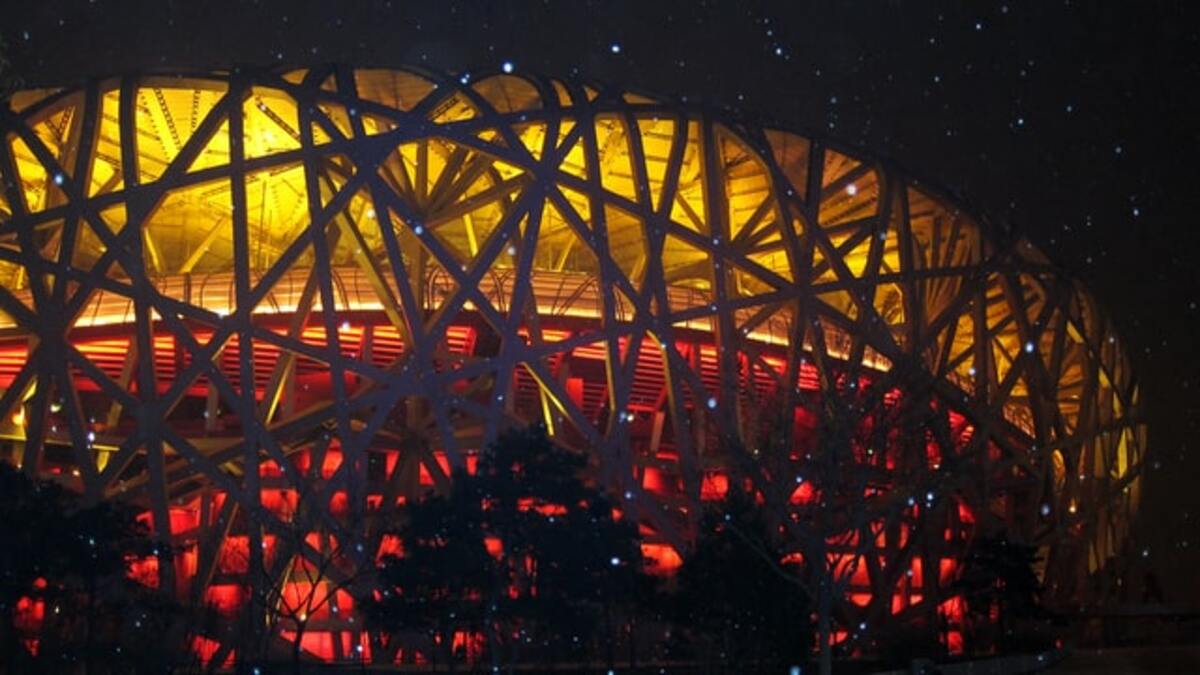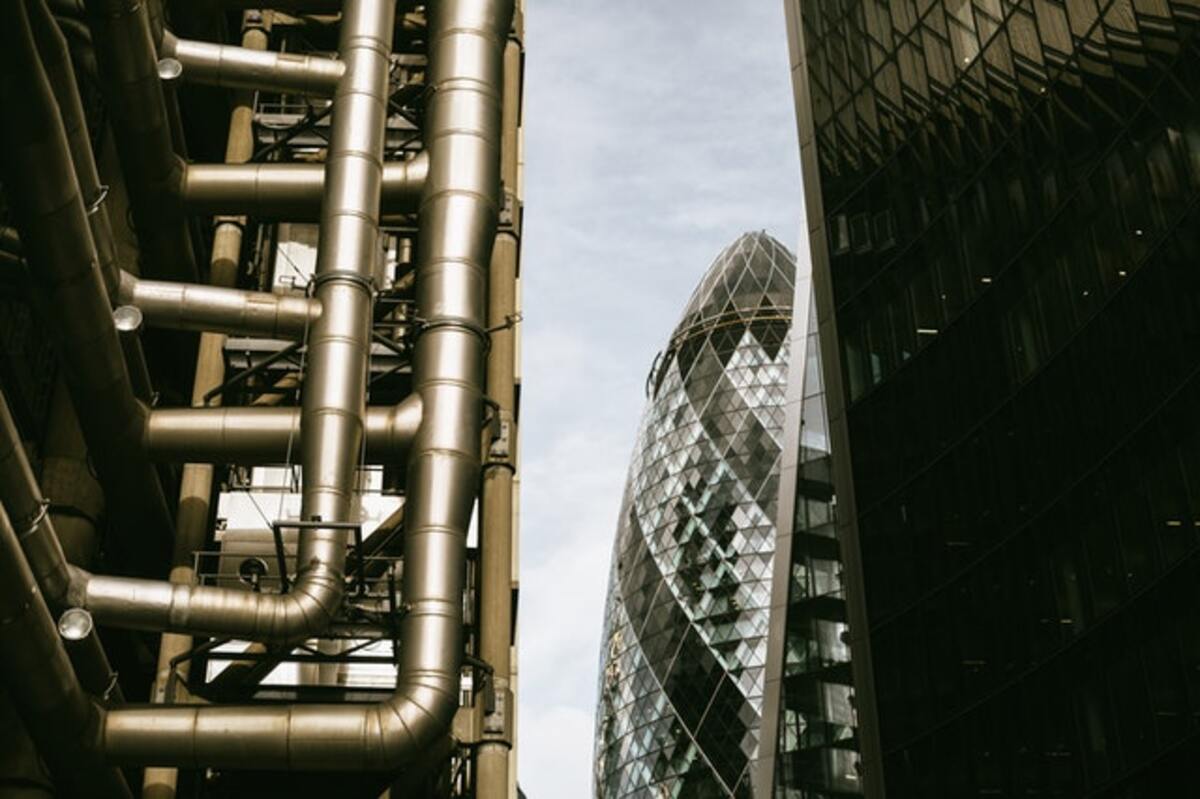Stunning Examples of Biomimicry in Modern Buildings

Sustainable construction and design is always looking to incorporate nature. Architects and builders are rethinking ways to incorporate eco-friendly building materials into their projects, integrate greenery throughout structures and embrace the power of clean air and natural light. However, biomimicry is a school of thought that highlights even more fascinating examples of nature’s influence on design.
What is biomimicry? Biomimetic architecture looks to study and recreate the design and systems of nature. This leads to interesting architectural discoveries that showcase how the brilliance of nature can make our man made buildings stronger, more resilient and more sustainable.
Here are some shining examples of biomimetic architecture in action.

1. Building the Bird’s Nest
Perhaps one of the most famous examples of biomimicry in architecture is the Bird’s Nest, or Beijing National Stadium, erected for the 2012 Olympics. The stunning — and expensive — structure awed audiences, but its nest-like appearance matters beyond its beautiful aesthetics.
The steel framework might be exposed, but the stadium is built for wind protection. The spaces within are filled with ETFE cushions and the facade is mounted with cushions where needed. The architects also optimized their design for airflow and natural heating and cooling options. A geothermal heat pump system heats in the winter, while the soil in the ground retains coolness in the summer.
2. Learning From Termite Mounds
One crucial conversation in sustainable construction is the need for passive ventilation. Reducing a building’s energy consumption requires more natural methods for controlling how hot or cool air flows and releases. Surprisingly, architects have learned a lot about passive ventilation from studying termites.
Termite mounds are known for being quite tall, but the little builders have more tricks up their sleeve than that. In hot climates, termite mounds function like mammalian lungs, helping with gas exchange from the nests termites create underground to the fresh air outside. This natural example of ventilation also helps the interior of the mound stay less susceptible to extreme temperature changes during the day.
One example of termite-inspired architecture is the Eastgate Center in Zimbabwe. The center was designed to embrace natural ventilation, directing air to flow throughout the building with the use of strategically placed openings, timed fans and a reliance on external wind. In a climate where temperature control is essential, achieving sustainable energy usage is truly remarkable.
3. Inspired By Mangrove Roots
Mangroves are fascinating — and essential — trees in many coastal regions. There are 80 different types of mangrove trees worldwide, and their hallmark features are their long, tangling network of roots that can trap sediment and both protect and grow islands and shoreland in the face of the ocean’s erosive abilities.
Many shoreline communities depend on mangrove trees to protect land, architecture and local marine life. Therefore, it’s no surprise that architects have taken notice of these unique trees to use as inspiration for their own projects.
One astonishing example of mangrove-inspired design is Grove Towers, erected in Mumbai in 2014. The development features two towers with mangrove-inspired “roots” forming communal spaces for retail and amenities. Just like the mangrove trees that inspired it, life thrives around the roots — vertical gardens are built into the spaces between these structures.

4. Stealing From the Venus’ Flower Basket Sponge
The Gherkin is a well-known and immediately recognizable building, but did you know it’s actually mimicking the exoskeleton of a sponge?
The Venus’ Flower Basket is formed as a cage-like tube with an intricate lattice of organic materials and open spaces. This delicate-seeming creature actually takes in seawater and turns it into naturally-occuring fiberglass. This helps these sponges survive in the depths of the ocean.
The Gherkin takes direct inspiration from this sponge. It’s also built with a lattice structure, which makes the building more flexible without taking on core structural damage. The curved sides let air flow more quickly, helping the building draw in air and ventilate upwards. Plus, it even aims to filter water like the sponge does — the inner tube of the building contains cells that draw in water through the openings.
Sustainable Design Can Learn Much From Nature
Biomimetic architecture isn’t new, but it’s likely to keep picking up steam as sustainable design becomes a more pressing and in-demand component of new construction. Many of researchers’ goals — like passive ventilation, water conservation and resilience — are already present in the natural design and behaviors of animals, marine organisms and plant life.
Studying natural phenomena and turning these insights into architectural improvements is not only a boon for green construction, but an example of how this can inspire more beautiful and community-oriented structures, too. Many of the examples shared aim to evoke feelings of gathering, belonging and inspiration. It’s a win-win for both environmentalists and the people who live, work and play in biomimetic buildings.



